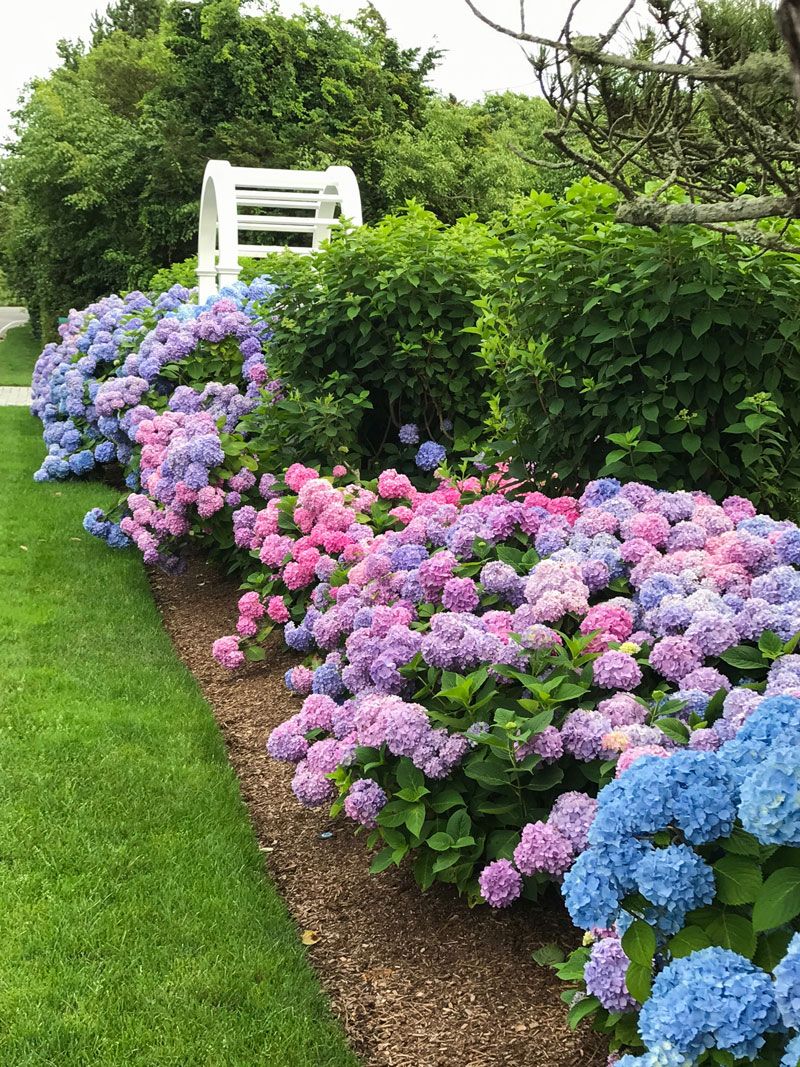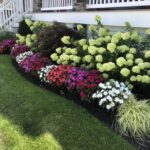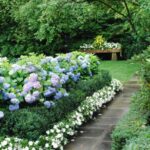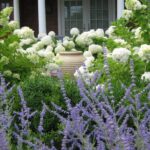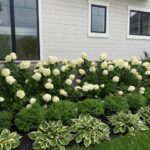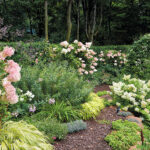Hydrangeas are a popular flowering shrub known for their large, colorful blooms and easy care requirements. These versatile plants can thrive in a variety of climates and soil types, making them a favorite choice for many gardeners. When it comes to landscaping with hydrangeas, there are several key factors to consider to ensure they thrive and look their best in your outdoor space.
One important aspect of landscaping with hydrangeas is selecting the right location for planting. Hydrangeas prefer partial shade or filtered sunlight, so be sure to choose a spot in your garden that receives morning sun and afternoon shade. Avoid planting them in areas with full sun, as this can cause their leaves to wilt and their blooms to fade quickly.
In terms of soil, hydrangeas prefer well-draining, fertile soil that is slightly acidic. Amending the soil with organic matter such as compost or peat moss can help create the ideal growing conditions for your hydrangeas. It’s also a good idea to mulch around the base of the plants to help retain moisture and suppress weeds.
When it comes to watering hydrangeas, consistency is key. These plants prefer moist, but not waterlogged soil, so be sure to water them regularly, especially during hot, dry periods. It’s also a good idea to avoid overhead watering, as this can lead to mildew and other fungal diseases. Instead, water at the base of the plant to keep the foliage dry.
Pruning is another important aspect of landscaping with hydrangeas. Different varieties of hydrangeas require different pruning techniques, so be sure to do your research before cutting back your plants. In general, deadheading spent blooms can help encourage new growth and more prolific flowering, while cutting back older stems can help rejuvenate overgrown plants.
Lastly, consider companion planting when landscaping with hydrangeas. These versatile plants can be paired with a variety of other shrubs, perennials, and annuals to create a beautiful and cohesive garden design. Some popular companion plants for hydrangeas include hostas, ferns, astilbe, and heuchera. Experimenting with different combinations can help you create a unique and eye-catching landscape design that showcases your hydrangeas to their fullest potential.
